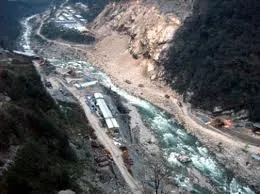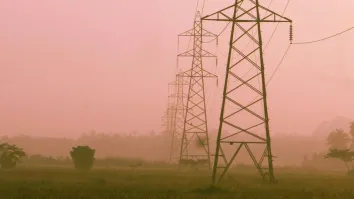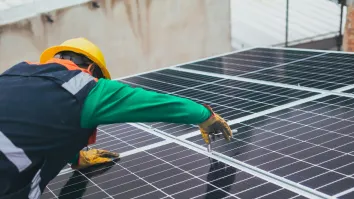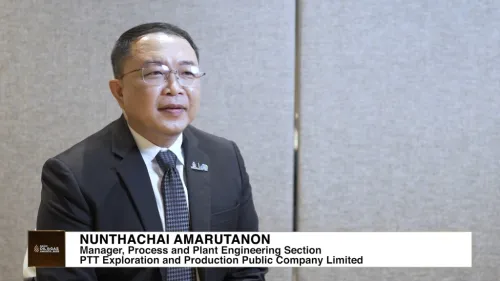
Hydropower key to India's energy security: Study
Hydropower remains the key to India's energy security as coal supplies remain erratic and controversies continue to cloud nuclear power.
According to the HSBC Global Research, hydroelectric capacity with foreign direct investment can provide the country with adequate power as thermal power producers have yet to be assured of uninterrupted fuel supply, nuclear power projects in Maharashtra and Tamil Nadu face uncertainties.
Hydel power projects could attract FDI as proved in the 1,200 megawatts Teesta-III project in Sikkim where six players have invested Rs.750 crore.
This has resulted in nearly 70 percent of the work being completed and the generation from the first unit likely to start in a year, a top official associated with the project said.
However, the tariffs of new hydro-projects, at Rs.3.50-4.00 per unit is close to that of imported coal-based projects due to the initial high fixed costs, long gestation period, low utilisation and high capital costs, but it could be offset from the sale of CERs, it pointed out.
Hydro potential in India is estimated at 145 GW, of which installed capacity is is around 34 GW and another 12 GW is under construction, or around 32 percent of the estimated total potential.
Nearly three-fourths of the balance 99 GW falls in four states, Jammu & Kashmir, Himachal Pradesh, Arunachal Pradesh and Uttarakhand on the rivers fed by melting ice.
With potential FDI availability, including possible World Bank support, many similar projects can be established along the Himalayan rivers, said Destimoney Securities CEO and MD Sudip Bandyopadhyay.
India's Minister of State for Power K.C. Venugopal that 66.66 percent of the total identified potential is yet to be developed.
At present, the World Bank is supporting the Rampur Hydro-power Project on Sutlej river in Himachal Pradesh and evaluating giving support to two more - one in Himachal Pradesh on the same river and another on Alaknanda river in Uttarakhand.
For more.



















 Advertise
Advertise








